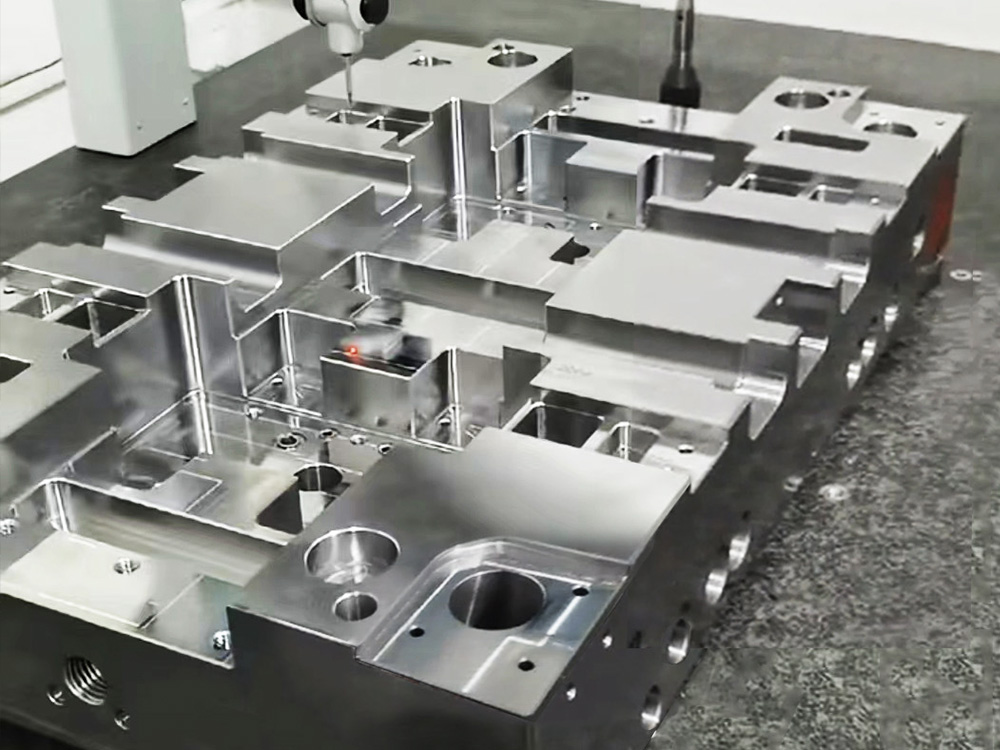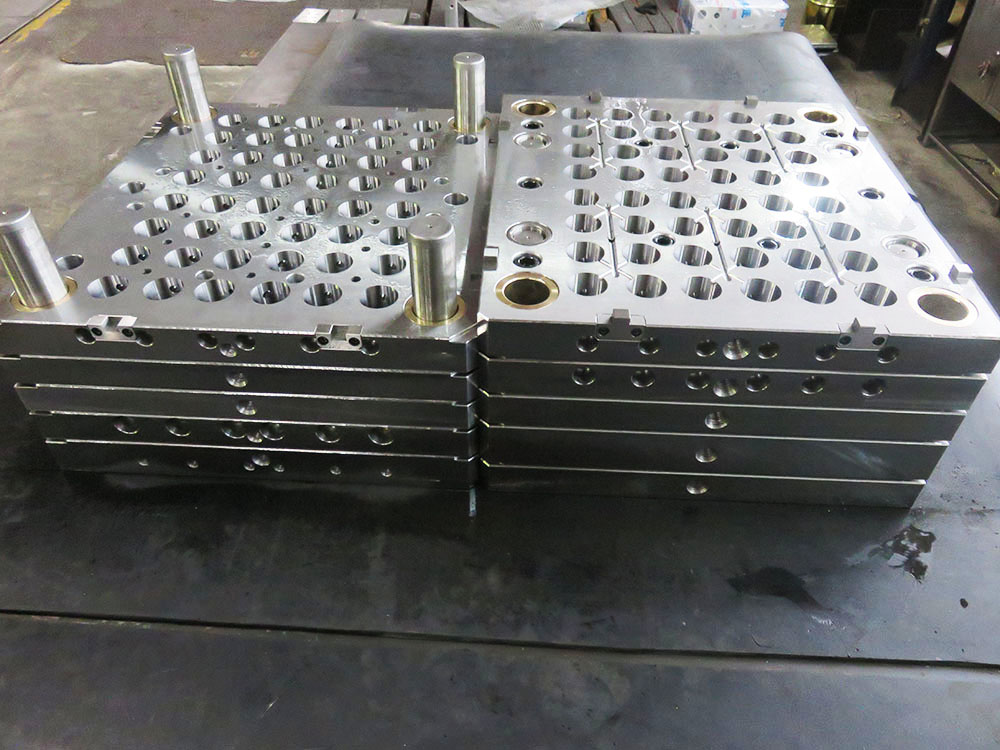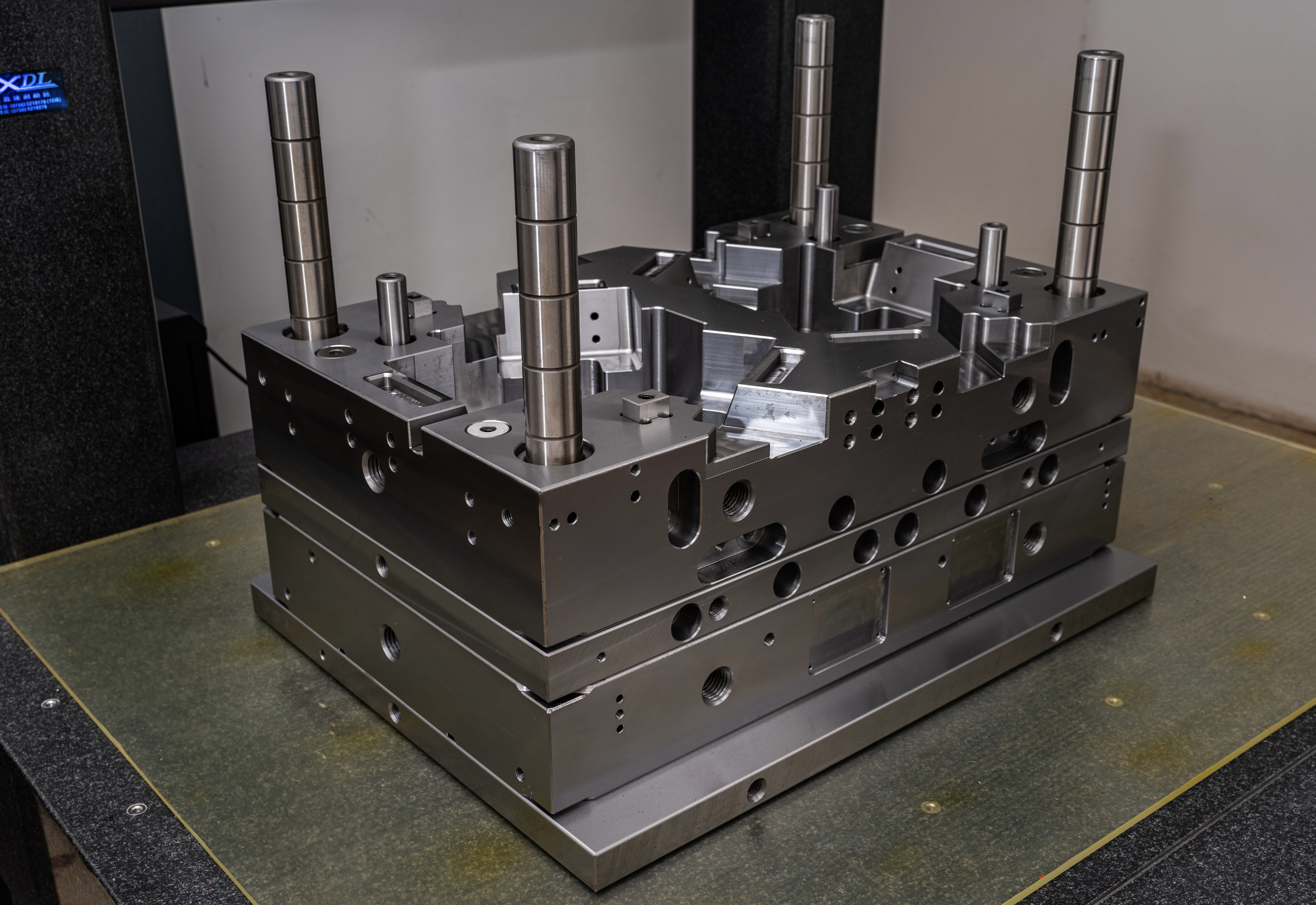Standard for Selecting the Thickness of Modeling Frame in the Mold Base Industry
The mold base industry plays a crucial role in various manufacturing processes, providing a solid foundation for the creation of high-quality molds. One of the critical components in mold base design is the modeling frame, which supports and stabilizes the mold components during the manufacturing process. Selecting the appropriate thickness for the modeling frame is a critical aspect that directly affects the overall performance and longevity of the mold. In this article, we will discuss the standard for selecting the thickness of the modeling frame in the mold base industry.
Importance of Modeling Frame Thickness
The modeling frame acts as a support system for the mold components, ensuring their stability and alignment during operation. It prevents any deformation or misalignment that may occur due to various factors such as external forces, temperature fluctuations, or material shrinkage. Consequently, the thickness of the modeling frame is crucial in determining its structural rigidity and ability to withstand these forces.
A modeling frame with inadequate thickness may lead to several issues, such as excessive deflection, uneven distribution of forces, and poor mold performance. On the other hand, choosing a modeling frame with excessive thickness will result in unnecessary material usage, increased costs, and potential interference with other components in the mold base. Therefore, it is essential to establish a standard for selecting the appropriate thickness of the modeling frame.
Factors Influencing Modeling Frame Thickness
The selection of modeling frame thickness depends on several factors, including the size and weight of the mold, material properties, operational requirements, and environmental conditions. Let's explore these factors in detail:
- Mold Size and Weight: Larger and heavier molds require a thicker modeling frame to ensure structural stability and prevent deformation.
- Material Properties: The material used for the modeling frame should have sufficient strength and stiffness to withstand the operational forces without experiencing excessive flexing or deformation.
- Operational Requirements: The operational requirements, such as the expected number of cycles and mold complexity, may influence the thickness of the modeling frame. High-cycle molds or molds with intricate geometries may require thicker framing to ensure prolonged performance.
- Environmental Conditions: Environmental factors like temperature variations or exposure to corrosive substances can impact the structural integrity of the mold. The modeling frame thickness should be determined considering these conditions to prevent premature failure or degradation.
Standard Selection Guidelines
Based on the factors mentioned above, the following general guidelines can be applied to select the appropriate thickness of the modeling frame:
- For small to medium-sized molds (<1000kg), a modeling frame thickness of 25-40mm is typically sufficient.
- For larger molds (>1000kg), a thickness of 40-60mm is recommended to ensure structural stability and minimize deflection.
- The material used for the modeling frame should have a tensile strength of at least 300MPa and a modulus of elasticity above 200 GPa.
- For high-cycle molds or molds subjected to complex operational conditions, increasing the thickness within the recommended range may be necessary.
- Consider the environmental conditions and select materials with suitable corrosion resistance or apply appropriate protective coatings if required.
It is important to note that these guidelines serve as a starting point for selecting the thickness of the modeling frame. Each mold base manufacturer may have their own specifications and considerations to tailor the thickness based on their experience and specific requirements.
Conclusion
The selection of the appropriate thickness for the modeling frame is a critical aspect of mold base design in the mold industry. By considering factors such as mold size, material properties, operational requirements, and environmental conditions, manufacturers can determine the optimal thickness that ensures the structural stability, longevity, and performance of the mold base. Following the standard guidelines and adapting them to specific needs will result in cost-effective and reliable mold bases in the industry.




